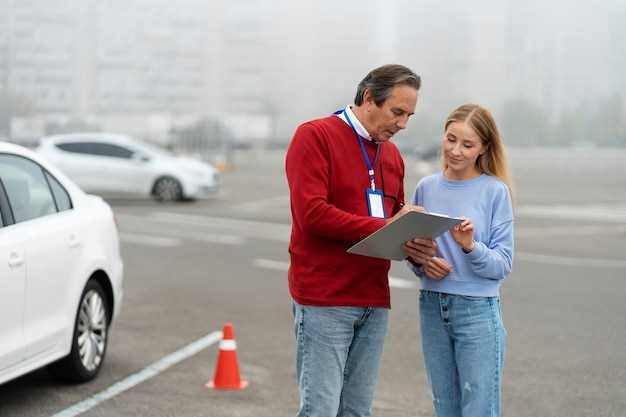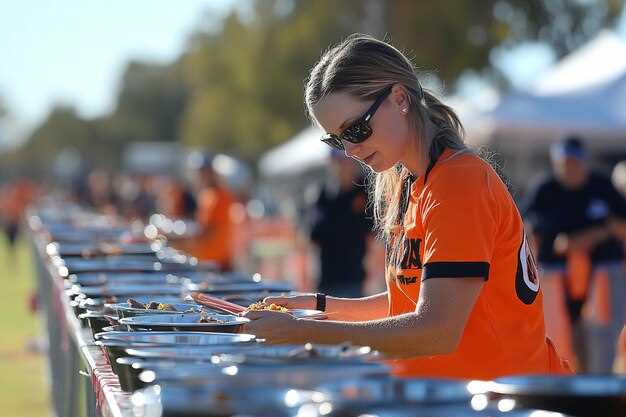
Organized racing events attract a diverse audience and talented participants, making safety a paramount concern for event organizers. The thrill of competition can quickly turn into chaos if proper safety measures are not implemented or followed. To ensure a successful and secure racing experience, it is critical to establish robust protocols designed to minimize risks associated with potential crash incidents and other dangers.
When planning a racing event, organizers must prioritize the well-being of competitors, staff, and spectators alike. This starts with comprehensive safety briefings, where participants are informed about the event layout, potential hazards, and emergency procedures. Establishing clear communication channels is indispensable for coordinating responses to incidents, ensuring that quick action can be taken in the event of a crash or any other emergency.
Furthermore, the physical environment of the racing venue plays a significant role in maintaining safety. Adequate barriers and runoff zones, combined with regular maintenance of the racing surface, significantly reduce the likelihood of accidents. By adhering to these safety protocols, organizers can foster an atmosphere of excitement and competition, while simultaneously safeguarding the welfare of everyone involved in the event.
Establishing Track Design and Layout for Optimal Safety

Designing a racetrack requires a detailed focus on safety to mitigate the risks associated with high-speed events. An effective track layout should prioritize crash prevention through strategic planning and the implementation of industry standards. This begins with selecting the right location, considering natural terrains and features that can influence driving behavior.
The geometry of the track, including bends, straights, and elevation changes, must be engineered to challenge drivers safely. Gentle curves reduce the likelihood of catastrophic crashes by allowing drivers to maintain control at high speeds. Additionally, proper banking of turns enhances vehicle stability and reduces the chances of rollover incidents.
Incorporating ample run-off areas is crucial. These areas provide a buffer zone that can absorb impact forces if a vehicle leaves the track, significantly reducing the severity of a potential crash. When designing these zones, it is essential to consider surface types that can minimize skidding and help vehicles slow down more effectively.
Barriers and fencing should be strategically positioned to protect both participants and spectators. High-energy absorbing barriers, such as TecPro or SAFER barriers, should be used to prevent cars from penetrating into crowd areas during accidents. Maintaining a safe distance between the track and areas accessible to fans is also vital for minimizing injury risks in the event of a crash.
Signage and communication systems contribute to safety by providing drivers with crucial information about track conditions and upcoming hazards. Markings should be clear and visibly placed to effectively guide participants even at high speeds. Furthermore, ensuring that all emergency services are strategically located around the track enhances the response time in critical situations.
Finally, post-event evaluations of the track layout should be conducted regularly to identify potential safety improvements. Gathering data on past events can lead to insights that inform future design changes, ensuring that safety remains a primary focus as racing evolves.
Implementing Comprehensive Pre-Race Safety Inspections

Comprehensive pre-race safety inspections are crucial components of organized racing events, serving as a fundamental strategy for crash prevention. These inspections ensure that all vehicles meet specific safety standards and are equipped with essential safety features before they hit the track. A thorough evaluation helps identify any potential issues that could compromise the safety of both drivers and spectators.
During a pre-race inspection, critical areas such as brakes, tires, steering, and roll cages must be meticulously examined. The inspection team should be knowledgeable about the regulations and required specifications for the types of vehicles competing. This not only includes reviewing safety equipment like harnesses and helmets but also checks for proper fluid levels and general mechanical integrity.
Implementing a systematic approach to these inspections enhances safety protocols significantly. Establishing a checklist can facilitate the process and ensure that no aspect is overlooked. Additionally, utilizing experienced personnel who are familiar with the nuances of each vehicle type elevates the effectiveness of the inspection process.
Moreover, the presence of a designated safety officer to oversee these inspections adds another layer of accountability. This officer can document findings, address any immediate safety concerns, and enforce compliance with safety regulations. Regularly scheduled pre-race inspections foster a culture of safety awareness among participants and teams, ultimately contributing to the overall prevention of accidents and ensuring a safer racing environment.
Training Officials and Participants on Emergency Response Procedures
Training officials and participants on emergency response procedures is a crucial component of ensuring safety during organized racing events. Proper training enhances the understanding of prevention measures and equips individuals with the skills to react effectively in case of an emergency.
Officials should undergo comprehensive training programs that cover various scenarios, including medical emergencies, fire hazards, and environmental risks. These programs must emphasize the importance of quick decision-making and efficient communication among team members. Regular drills and simulations can reinforce their preparedness and response strategies.
Participants should also be engaged in safety briefings that inform them about potential hazards on the course. Knowledge of the event layout, including emergency exits and first aid stations, is essential for ensuring their safety. Providing participants with information about emergency protocols fosters an environment of vigilance and enhances overall safety during the event.
Collaboration between officials and participants can significantly improve emergency response outcomes. Establishing clear lines of communication, such as using radios or signal flags, ensures that instructions are conveyed promptly. It is vital to encourage a culture of safety, where everyone feels responsible for both their own safety and that of others.
Continual assessment and updates of emergency procedures are necessary, as racing events may evolve over time. Regular reviews of training materials and feedback from both officials and participants can lead to improvements in safety protocols, ensuring that the measures remain relevant and effective.



